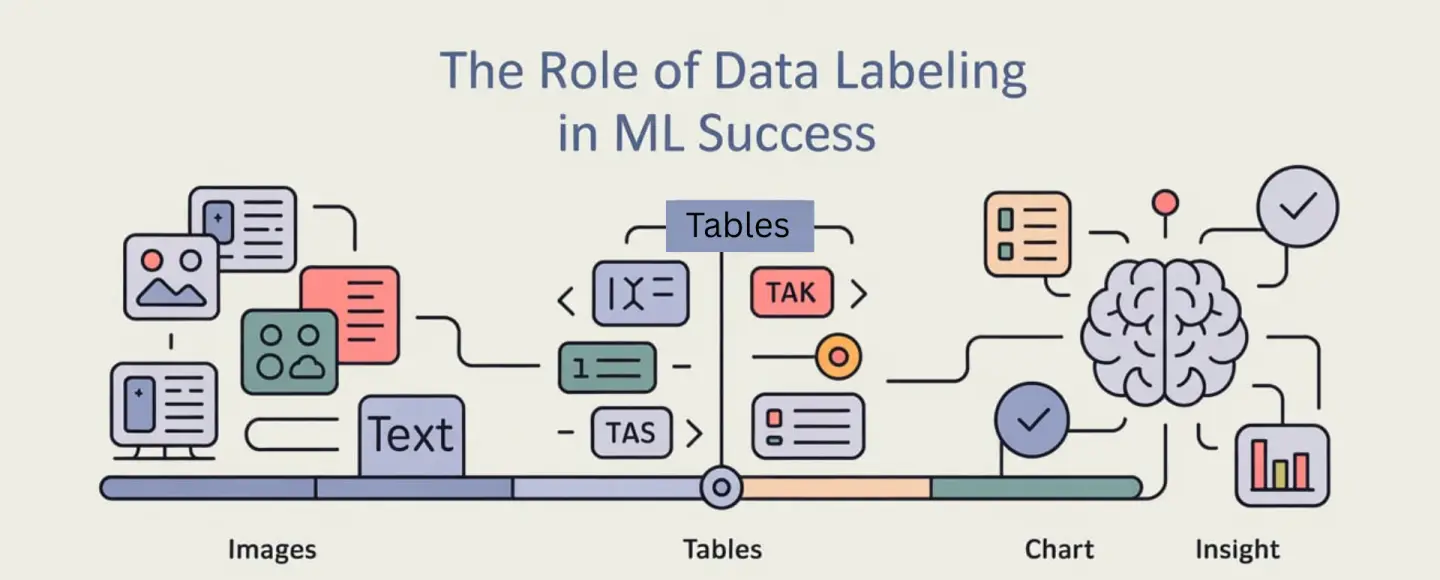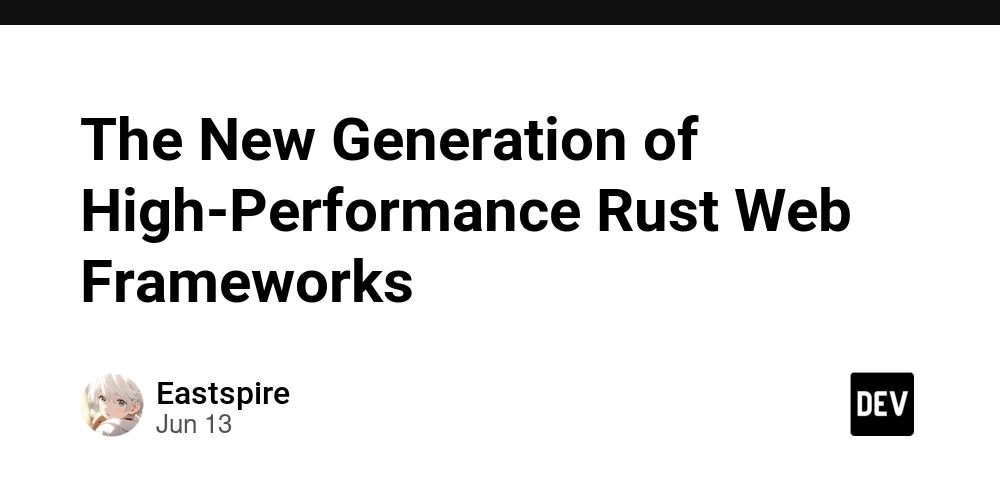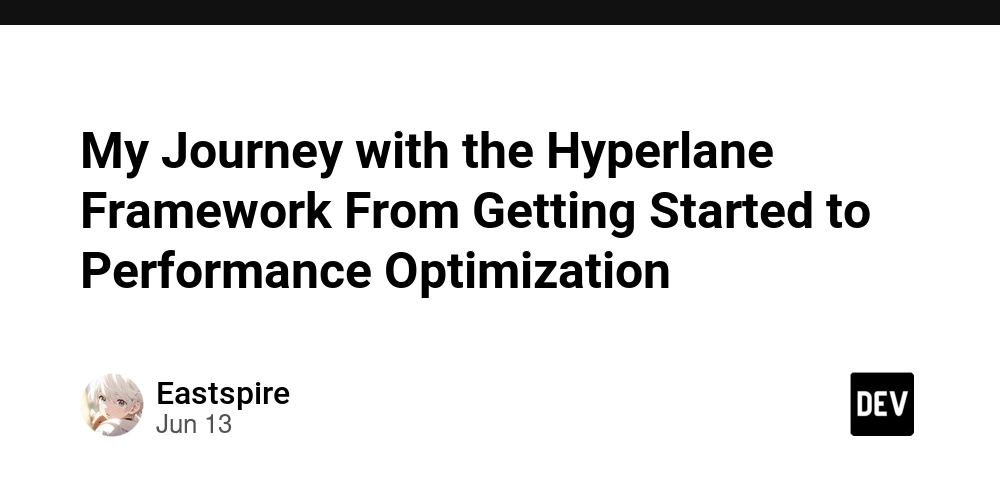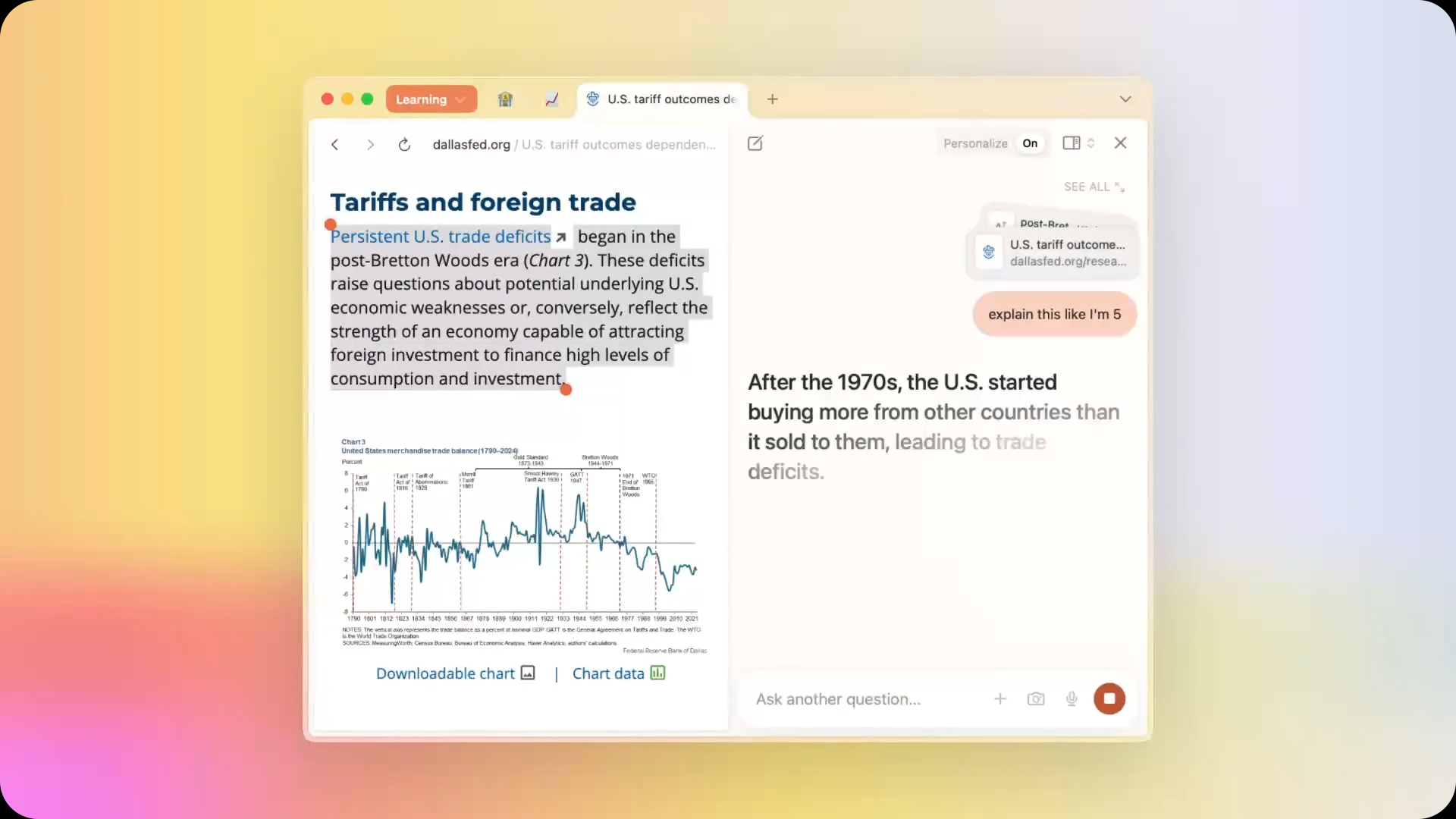Don’t Click ‘Unsubscribe’ Links Blindly It May Leads to Loss of Credentials
A sophisticated cyber threat campaign leveraging malicious unsubscribe links has emerged as a significant security concern, targeting unsuspecting email users across the globe. This deceptive attack vector exploits users’ natural desire to clean up their inboxes, transforming what appears to be a legitimate unsubscribe process into a gateway for credential theft and malware deployment. The […] The post Don’t Click ‘Unsubscribe’ Links Blindly It May Leads to Loss of Credentials appeared first on Cyber Security News.

A sophisticated cyber threat campaign leveraging malicious unsubscribe links has emerged as a significant security concern, targeting unsuspecting email users across the globe.
This deceptive attack vector exploits users’ natural desire to clean up their inboxes, transforming what appears to be a legitimate unsubscribe process into a gateway for credential theft and malware deployment.
The campaign represents a concerning evolution in social engineering tactics, where cybercriminals have weaponized one of the most commonly trusted elements of email communication.
The attack methodology centers on embedding malicious links within seemingly legitimate unsubscribe options at the bottom of spam emails.
When users click these links, they are redirected away from the secure environment of their email clients and into compromised web territories where various threats await.
These malicious destinations often present convincing replicas of legitimate websites, designed to harvest login credentials, install malware, or confirm that the email address belongs to an active, responsive user.
WSJ analysts and cybersecurity researchers have identified alarming statistics surrounding this threat landscape, with DNSFilter discovering that one in every 644 clicks on unsubscribe links leads users to potentially malicious websites.
Security experts warn that this represents a fundamental shift in how threat actors approach email-based attacks, moving beyond traditional phishing emails to exploit users’ security-conscious behaviors.
The campaign’s impact extends beyond immediate credential theft, creating a cascading effect of vulnerability.
According to cybersecurity firm Coalfire’s executive vice president Charles Henderson, once attackers confirm an email address belongs to a real person who actively engages with emails, they begin building comprehensive profiles for future exploitation.
This intelligence gathering enables more sophisticated social engineering attacks and targeted scam operations.
Infection Mechanism
The technical sophistication of these unsubscribe link exploits lies in their multi-layered approach to deception and payload delivery.
When users click malicious unsubscribe links, the initial redirection often involves multiple hops through compromised domains to obscure the final destination and evade security filters.
The attack chain typically begins with a legitimate-looking email containing an unsubscribe link that appears to follow standard email marketing practices.
Upon clicking, users are directed to fraudulent landing pages that closely mimic legitimate unsubscribe portals.
These pages often request users to re-enter their email addresses or, more dangerously, their account credentials under the guise of authentication requirements.
The most sophisticated variants employ browser fingerprinting techniques to gather device information and may attempt to exploit zero-day vulnerabilities in outdated browsers, though security experts note this requires precise alignment of vulnerable browsers, targeted exploits, and user interaction.
The persistence of this threat campaign highlights the need for enhanced user education and implementation of safer alternatives, such as list-unsubscribe headers provided by email service providers, which operate within the secure email client environment rather than redirecting users to external websites.
Automate threat response with ANY.RUN’s TI Feeds—Enrich alerts and block malicious IPs across all endpoints -> Request full access
The post Don’t Click ‘Unsubscribe’ Links Blindly It May Leads to Loss of Credentials appeared first on Cyber Security News.

















































































































































































![[The AI Show Episode 152]: ChatGPT Connectors, AI-Human Relationships, New AI Job Data, OpenAI Court-Ordered to Keep ChatGPT Logs & WPP’s Large Marketing Model](https://www.marketingaiinstitute.com/hubfs/ep%20152%20cover.png)











































































































































































.jpg?width=1920&height=1920&fit=bounds&quality=70&format=jpg&auto=webp#)





















































































_designer491_Alamy.jpg?width=1280&auto=webp&quality=80&disable=upscale#)


























































































![PSA: Widespread internet outage affects Spotify, Google, Discord, Cloudflare, more [U: Fixed]](https://i0.wp.com/9to5mac.com/wp-content/uploads/sites/6/2024/07/iCloud-Private-Relay-outage-resolved.jpg?resize=1200%2C628&quality=82&strip=all&ssl=1)





















![Apple Shares Teaser Trailer for 'The Lost Bus' Starring Matthew McConaughey [Video]](https://www.iclarified.com/images/news/97582/97582/97582-640.jpg)




































































.webp?#)
